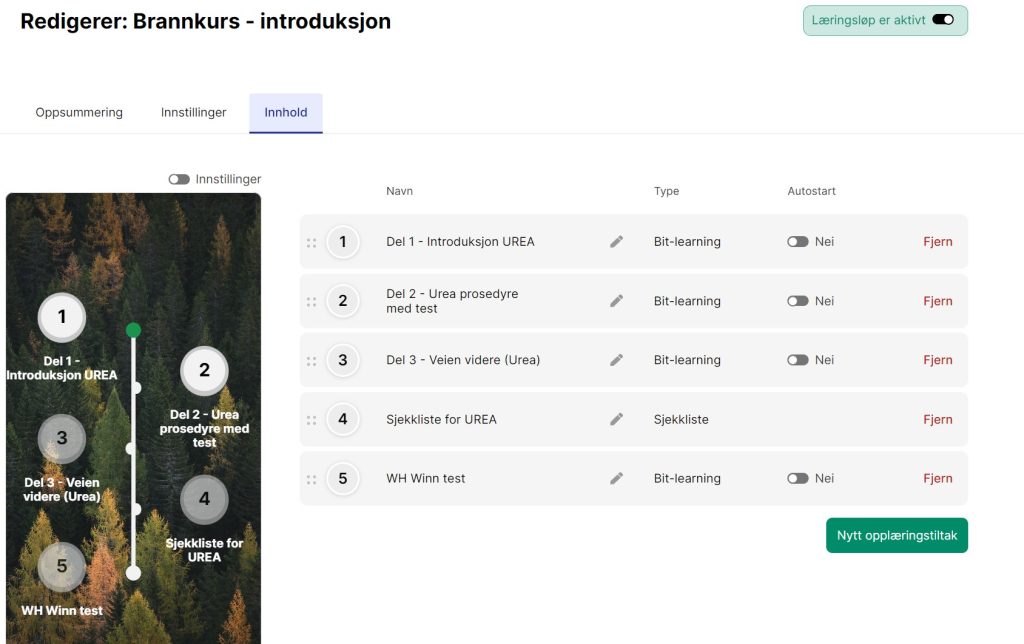
Why are LXPs necessary? What is an LXP system and how do they differ from an LMS?
In today’s fast-paced world, continuous learning is essential to stay ahead. Learning Experience Platforms (LXP’s) are designed to provide an engaging and interactive learning environment that helps companies acquire new skills and knowledge. This innovative tool has quickly become an important resource for organizations that want to promote employee development and increase efficiency.





